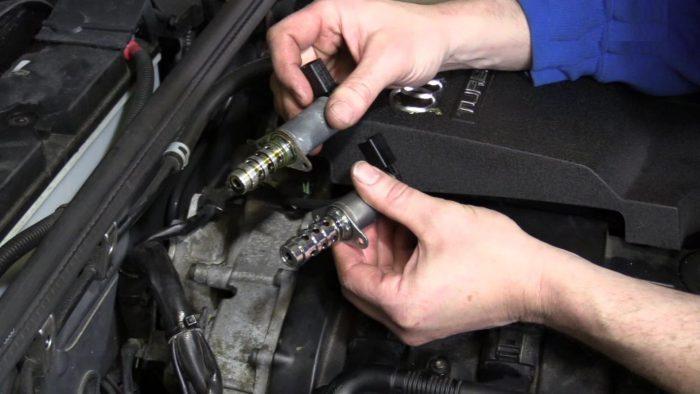
Dual (VVT) also, minimizes the start/stop compression pressures by adjusting the overlap sequences, between intake and exhaust valves. Now, the camshaft has two profiles each, for both intake and exhaust. So, with dual (VVT) – Variable Valve Timing, the same thing happens the difference this time is, the exhaust valves are activated. The performance profile, (above 6,000rpm).Ĭonsequently, when the (VVT) “kicks in”, oil pressure is exerted on an actuator that shifts the camshaft slightly, engaging the “performance” setting.The economy profile, (below 6,000 rpm).In both cases, the camshaft has two profiles for the intake valves: Dual (VVT), adjusts both intake and exhaust valves (double-acting).Single (VVT) technology, adjusts the timing of, the intake valves only.So, What Is The Difference Between, Single And Duel (VVT) Reduced emissions, at all engine speeds.Īlso, dual (VVT) helps the engine give you the power and the fuel efficiency that you want while maintaining optimum emissions quality.Superior horsepower at higher engine speeds, without excess noise and vibration.Greater low-speed torque, with less chance of power-robbing engine “knock”.Greater fuel economy, at all engine speeds.(VVT-i) – Variable Valve Timing Furthermore, Dual (VVT) Helps To Provide: Therefore, by continuously adjusting the timing of the intake and exhaust valves to help improve power, fuel efficiency and exhaust emissions. So, the dual (VVT) system, helps the engine “inhale” and “exhale” more efficiently. Dual – (VVT) – Continuously varies the timing, of the intake and exhaust camshaft.Single – (VVT) – Continuously varies the timing, of the intake camshaft.(VVT) Variable Valve Timing Basically Comes In Two Types: Also, that, in turn, changes the duration of the valve lifting, to control intake and exhaust. Finally, this increases or decreases, the speed of the camshaft in relation to the engine’s drive timing. Consequently, changing their speeds, relative to one another momentarily. So, when oil pressure is introduced, the gears can be separated. Normally, the two are meshed together, cog against cog, and turn at the same rate. The inner gear, connects to the camshaft itself. The outer gear, is the camshaft gear’s connection to the belt or chain that drives it.

Visualize this as a hollow, enclosed gear inside where two star-shaped gears are placed, one inside the other. So, How Does (VVT) Variable Valve Timing Work (VVT) variable valve timing, alters the timing of valve lifting to improve performance and economy, in specific driving situations. Finally, using various mechanisms, to control the aforementioned valve characteristics. To do this, various sensors, such as airflow and camshaft position sensors feed information to the car’s (ECU). Valve lift – How much the valves physically open, (their opening aperture).Duration – How long the valves, stay open.Valve timing – The points in the piston’s movement, at which the valves open and close.(VVT) Variable Valve Timing technology, controls three key characteristics of the intake and exhaust valves: Adjustments in the overlap time, between the exhaust valve closing and intake valve opening results in improved engine efficiency. Also, depending on the engine’s needs, the system may rotate the camshaft in the advanced or retarded direction.


 0 kommentar(er)
0 kommentar(er)
